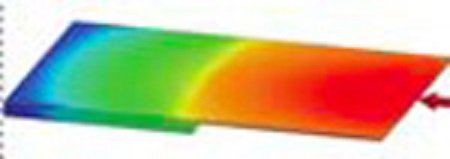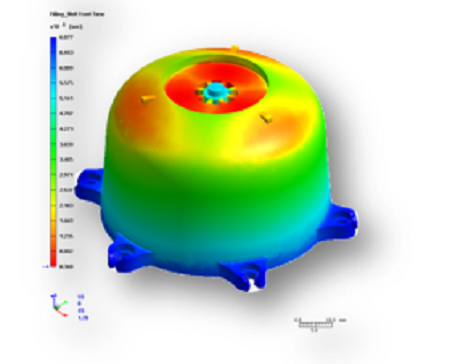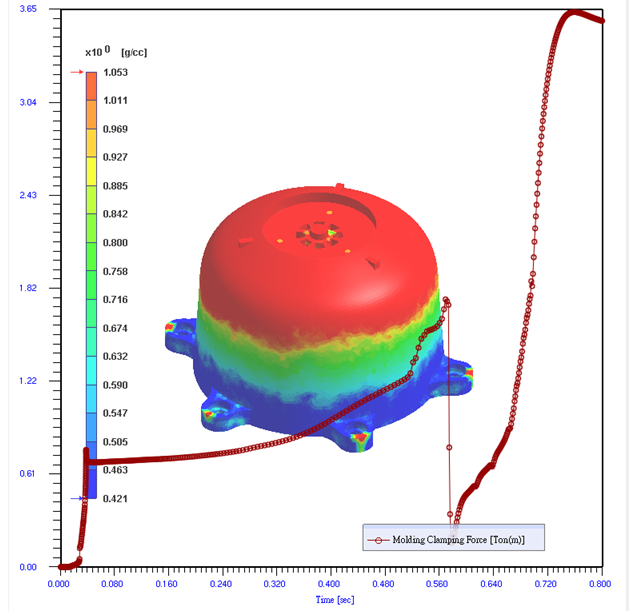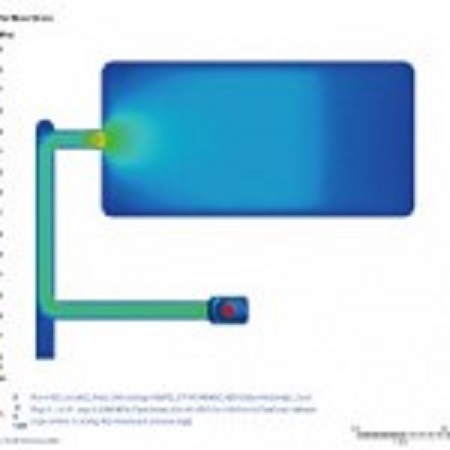Moldex3D MuCell® employs the fundamental physics of bubble nucleation and growth to model this complex process realistically. It lets manufacturers and design engineers visualize a microcellular injection molding process and understand its complex filling behavior and foaming mechanism. In addition, it reveals the mystery of microcellular injection molding while providing design validation, time-to-market optimization, and development cost reduction.
Challenges
- Bubble number and size distribution depend on process conditions and are vital to the success of MuCell® product development.
- Weld line and air traps play a crucial role in optimizing gate numbers and locations.
- Part geometry, part wall, and rib thickness design rules differ from the conventional injection molding process.
Solutions
- Moldex3D MuCell® provides bubble size and number distributions and predicts the filling pattern, weld line, and weight reduction involved in the microcellular injection molding process.
- Moldex3D MuCell® evaluates the benefits of using the microcellular injection molding process, including dimensional stability and efficient energy usage. It also provides insight into part design, mold design, and operation optimization conditions.
*MuCell® is a registered trademark of Trexel Inc.




